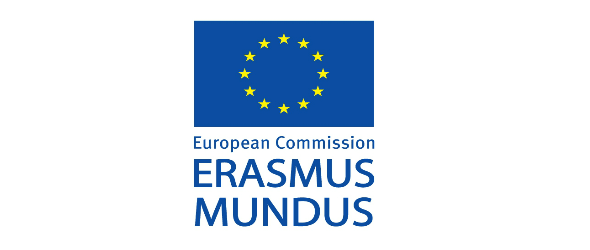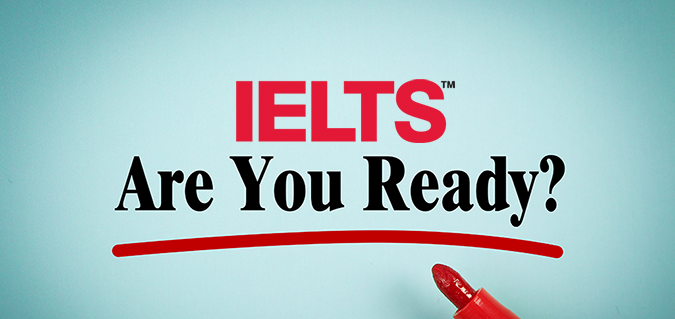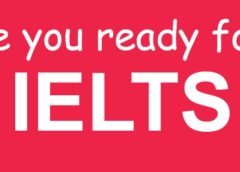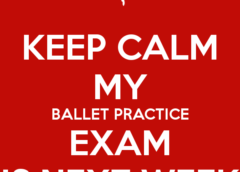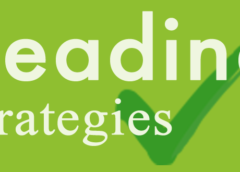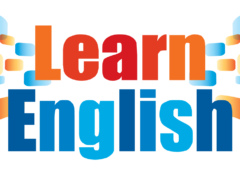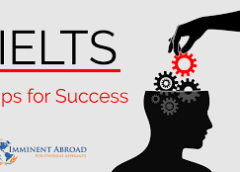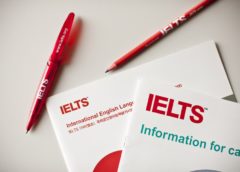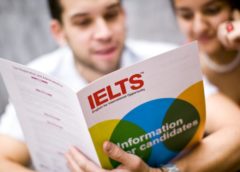
Top Ten IELTS Reading Tips
1. Beat the fear – read as much as possible
My first IELTS reading tip is to read as much as possible. By this I don’t mean do endless IELTS practice tests, I mean do as much general reading as possible. I suggest you focus on reading short articles on topics that interest you or on topics that are common in IELTS – newspapers and magazines are a great resource here.
One reason why this is such a good idea is that many candidates freeze in the reading believing it is too hard and so fail to get their band score. If, however, you read enough “native English” before the exam, you will become more and more confident in looking at texts where you don’t understand every word. Confidence is a very important concept in IELTS.
If you look at Daily Exercises, you will find lots of possible exercises for you. The idea is to find something that interests you and read. That’s all.
2. Improve key skills – skimming and scanning and reading in detail
A major problem in the exam is the length of the texts and you will not have time to read them all
carefully. You need to train your speed reading skills so that you can read as efficiently as possible. 2 skills here are skimming which is reading quickly for general meaning and scanning which is looking for specific information.
You may sometimes see advice saying that you don’t need to read in detail. Incorrect. Bad advice. You shouldn’t read the whole text in detail but you will need to parts of the text in detail – if you want to get the right answer. Put simply, skimming and scanning are useful skills to help show you where the answer might be: reading in detail tells you what the answer is.
3. Time management – experiment to see what works
Because the texts are so long you need to have a definite strategy for how you manage your time in the exam to make sure you finish on time. This means deciding:
how long you look at the text before answering questions
how long you spend on each question
how long you spend on each group of questions
how long you spend on each text
do you leave time at the end to go back at look at unanswered questions?
There is a lot to consider here. You will find books and websites that insist you do it their way. They may claim to have a magic formula and that you must do this or you must do that. Ignore them. Their advice may be good for some people but not for you.
The key point here is that different learners have different styles and different needs. Much the best advice here is to experiment and try different approaches and see what works best for you.
4. Focus on the question – avoid careless errors
The texts in IELTS are typically quite hard, so candidates spend as much time as possible reading the texts. Mistake. Why? Well, a huge amount of mistakes are made by not focussing enough on the exact question. It can be easy if you are in a hurry to miss a word such as “always” or “often”: the problem is those sorts of words can change the meaning of questions.
There is an easy solution to this problem: it is to go back and look at the question before you write in the answer. Make sure that the question says what you think it says. You will normally save yourself 2/3 marks this way
5. Learn the exam – know the different types of questions
There are 8/9 different types of reading question that examiners may use. Before the exam, you should make yourself familiar with each type of question as they are slightly different.
6. Train yourself, don’t test yourself
One common mistake candidates make is to practise exam questions too much. Exam practice is important to learn the timing (3 above) and learn the question types (5 above), but that does not mean that every time you practise reading you need to do it in exam conditions. My suggestion is that you do some “open book” tests where you can see the answers as you do the questions. This way you will learn how examiners set questions and how to find the answers. If you just test yourself, this may not happen. How often and when you do this training will depend on your preparation programme.
7. Learn how to underline
This is a very specific piece of advice. You may believe it is wrong to write in books and generally I’d agree with you, but IELTS is different.
A very strong suggestion is that you should underline words in the text in the exam. There are at least two reasons for this:
– if you underline key words in the text, it can help you organise the text and this will save you time in the exam
– if you find an answer, it is sensible to underline the part of the passage that relates to the question as a check (see 4 above) and to write the number of the question next to it in case you find a better answer later
How you do this will depend on you and your style. Some people underline different types of words in different ways.I’d only add that less is more: if you underline too much, it can become confusing.
8. Beware word matching – be careful with key words
One very common mistake is to match a word in the question with a word in the text and to think you have found your answer. It is almost never that simple and I am tempted to say that if the words do match, then that is not your answer. What you are normally looking for are either synonyms (words with a similar meaning) or paraphrases (short bits of text that say the same as the question.
One reason candidates make this mistake is that teachers (myself included) tend to say look for key words in the question. This is helpful advice to show you where the answer might be and which paragraph it might be in. After that you need to go back and read the whole question carefully to see what the answer is.
9. The questions follow the text – normally
This is a very practical piece of advice and could save you a lot of wasted time. Typically, the questions will come in the order of the text: so the answer to question 3 will come after the answer to question 2. This can be very helpful in the exam if you are a quick worker who goes through the questions once for the easy ones and then a second time for the harder ones. If you have answer 4 underlined (see 7 above) and answer 6 underlined then you know where answer 5 must come.
One word of warning. In certain types of question (eg paragraph matching) the order of the questions are jumbled.
10. The questions or the text – which do you read first
There is no one right answer here.
Text books tend to advise you to read the text quickly first so that you know how the text is organised. This helps as you will save time later by knowing which paragraph will contain the answer. This can be a good approach, particularly for high level candidates provided you don’t spend too much reading and you have notes/underlinings afterwards.
Text books tend to advise you to read the text quickly first so that you know how the text is organised. This helps as you will save time later by knowing which paragraph will contain the answer. This can be a good approach, particularly for high level candidates provided you don’t spend too much reading and you have notes/underlinings afterwards.[/SIZE]





